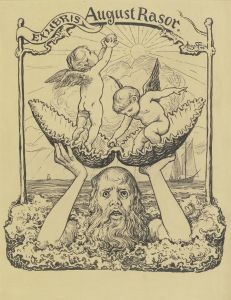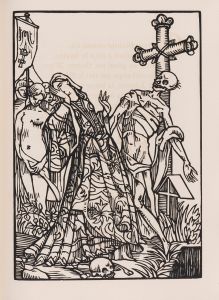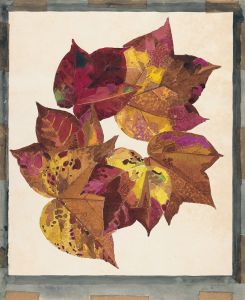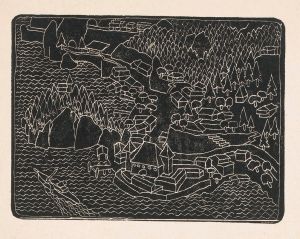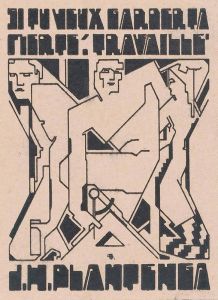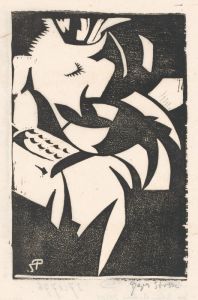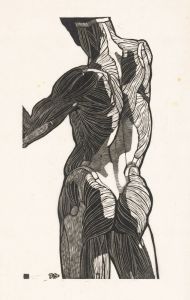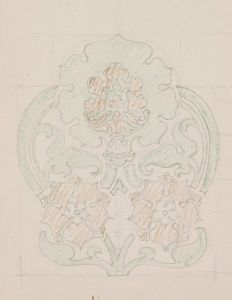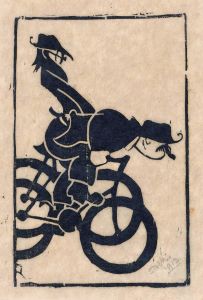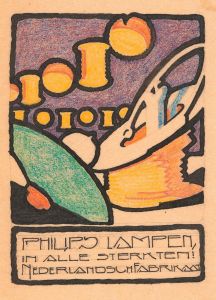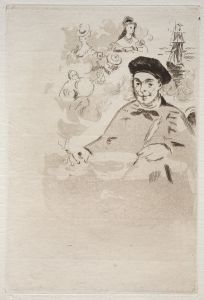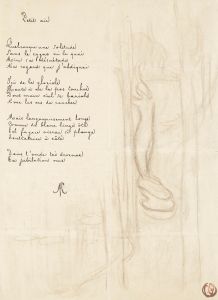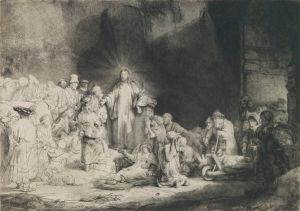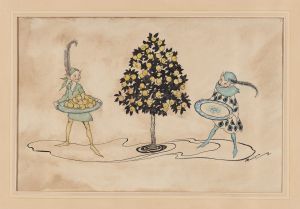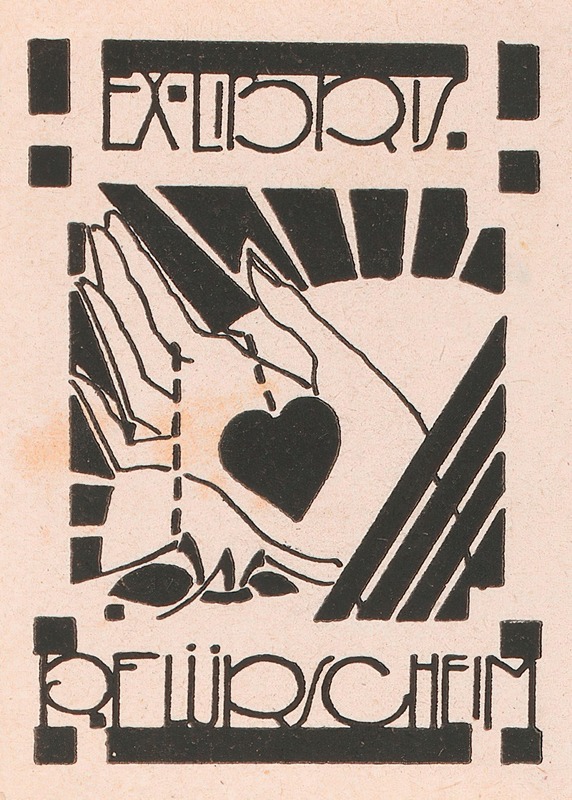
Ex libris van P. Flürscheim
A hand-painted replica of Reijer Stolk’s masterpiece Ex libris van P. Flürscheim, meticulously crafted by professional artists to capture the true essence of the original. Each piece is created with museum-quality canvas and rare mineral pigments, carefully painted by experienced artists with delicate brushstrokes and rich, layered colors to perfectly recreate the texture of the original artwork. Unlike machine-printed reproductions, this hand-painted version brings the painting to life, infused with the artist’s emotions and skill in every stroke. Whether for personal collection or home decoration, it instantly elevates the artistic atmosphere of any space.
Reijer Stolk was a Dutch artist known for his contributions to graphic design and printmaking in the early 20th century. One of his notable works is "Ex libris van P. Flürscheim," which is an ex libris, or bookplate, created for an individual named P. Flürscheim. Ex libris are small prints or labels pasted into books to indicate ownership, often featuring intricate designs and personalized motifs.
Reijer Stolk was born in 1896 in the Netherlands and became an influential figure in the Dutch art scene. He was particularly active during the interwar period, a time when graphic design and printmaking were gaining prominence as art forms. Stolk's work is characterized by its attention to detail, use of symbolism, and incorporation of modernist elements, reflecting the broader trends in European art during this era.
The "Ex libris van P. Flürscheim" is a testament to Stolk's skill in combining artistic creativity with functional design. While specific details about the imagery and symbolism used in this particular ex libris are not widely documented, Stolk's work often included elements that were both personal to the owner and reflective of broader artistic movements. Ex libris designs typically incorporate motifs that relate to the owner's interests, profession, or personal identity, and Stolk's ability to tailor his designs to the individual is a hallmark of his work.
Stolk's contributions to the field of ex libris are part of a larger tradition of bookplate design that dates back centuries. This tradition saw a resurgence in the late 19th and early 20th centuries, coinciding with the Arts and Crafts movement and a renewed interest in book arts. Artists like Stolk played a crucial role in this revival, bringing modernist sensibilities to the craft and elevating it to an art form in its own right.
In addition to his work on ex libris, Reijer Stolk was involved in various other artistic endeavors, including painting and illustration. His work was exhibited in several galleries and exhibitions, contributing to his reputation as a versatile and skilled artist. Stolk's legacy is preserved through his prints and designs, which continue to be appreciated for their artistic merit and historical significance.
The "Ex libris van P. Flürscheim" serves as an example of how personal and artistic expression can be combined in the medium of bookplates. While the specific details of the design remain less documented, the work exemplifies the broader trends in Stolk's oeuvre and the cultural context of the time. His contributions to graphic design and printmaking remain influential, and his ex libris designs are a testament to his ability to merge functionality with artistic innovation.





